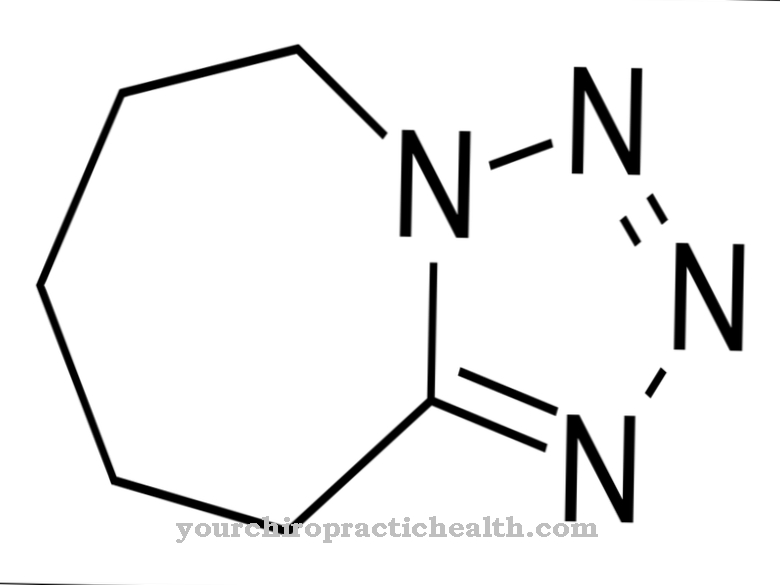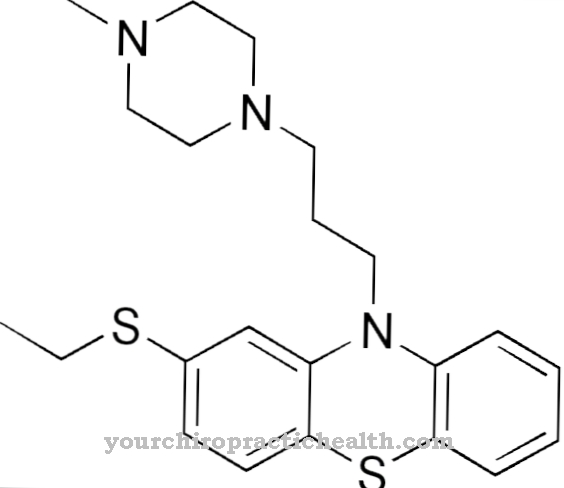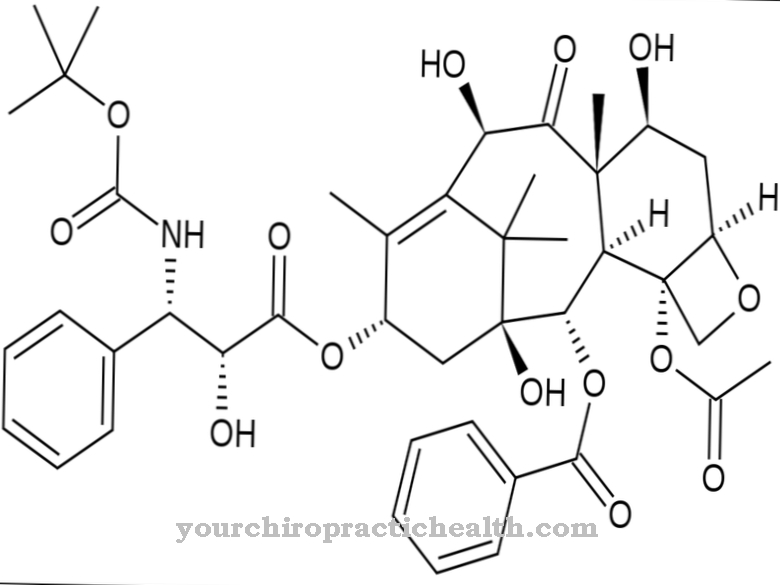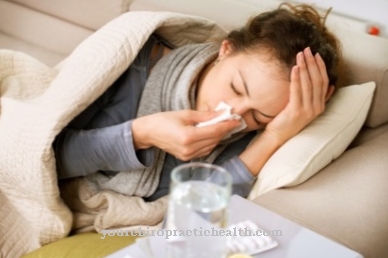The secondary plant pigment Artemisinin from the flowers and leaves of the annual mugwort is used to treat malaria. The drug is mainly used in areas where other anti-malarial agents are ineffective against multi-resistant pathogens. The remedy is mentioned in traditional Chinese medicine that is thousands of years old.
What is artemisinin?

Artemisinin belongs to the sesquiterpene class of substances. These chemical compounds, which are quite common in the plant kingdom, are made up of three isoprene units. The drug obtained from annual mugwort (Artemisia annua) contains, in addition to a trioxane ring system, a pharmacologically crucial peroxide bridge.
In 1971, the Chinese Tu Youyou isolated and described the active ingredient for the first time and in the following years demonstrated its positive effects in the fight against tropic malaria. Because artemisinin is a very fast and reliable drug. The remedy can be extracted from the dried leaves and flowers of plants grown in China, Vietnam and East Africa.
Since this process is quite expensive and time-consuming, artemisinin is now also obtained biotechnologically with the help of genetically modified yeasts. Since artemisinin itself is quite unstable, its semi-synthetic derivatives artesunate, artemotil, artemether and others are mostly used in drugs.
Pharmacological effect
The exact mechanism of action of artemisinin is not yet known (2015). However, scientists assume that the rather unusual peroxide structure is decisive. Because this breaks down into free radicals when it encounters a large number of iron ions.
Not only do the red blood cells (erythrocytes) in humans contain a lot of iron, but also the malaria-causing plasmodia. Because these parasites are transmitted to humans by the Anopheles mosquito and colonize the red blood cells here. If the unicellular pathogens now attack an erythrocyte, they feed on the blood pigment hemoglobin. Since they accumulate the iron contained in this process, the drug's free radicals can kill the plasmodia.
Studies indicate that artemisinin also inhibits a specific calcium transporter in the single cell membrane. Artemisinin may also kill cancer cells in a similar way. Because these also contain high concentrations of iron. Initial experiments with cell cultures confirm this theory. The drug also appears to be effective against the tropical infectious disease schistosomiasis (schistosomiasis).
Medical application & use
The World Health Organization (WHO) recommends the use of artemisinin or its derivatives especially in countries where other drugs are ineffective due to known multi-resistant strains of Plasmodium falciparum. Artemisinin has long been considered very effective, but pathogens are now known from several countries that are also resistant to the active ingredient due to mutations.
In order to prevent increasing resistance to artemisinin, combination therapy with other malaria drugs should always be used. This treatment is often abbreviated to ACT (Artemisinin-based combination therapy). Due to the short half-life, the tablets must be taken at fixed intervals over several days. The dosage in children is based on body weight.
In the severe form of tropical malaria, the derivative artesunate can be injected directly into the vein or muscle. In both children and adults, this drug is considered the drug of choice in an emergency. Whether a tea from Artemisia annua is also effective against plasmodia is a matter of dispute among scientists.
Risks & side effects
Artemisinin and its semi-synthetic derivatives are well tolerated by children and adults in the doses that fight malaria. If side effects occur, they are in many cases similar to the typical malaria symptoms. These include nausea, vomiting, loss of appetite, and dizziness.
The heartbeat can also increase. Joint and muscle pain, fatigue, and sleep problems are also possible. Mild blood abnormalities also sometimes occur as a result of ingestion. Dangerous allergic reactions to the drug occur rarely. This can show up as a rash, swelling, shortness of breath or difficulty swallowing. Iron supplements taken at the same time as artemisinin can cause interactions.
Combination therapy with other drugs can increase various side effects. Nevertheless, the WHO urgently recommends avoiding monotherapy with artemisinin alone. Otherwise the drug can become ineffective due to resistance.



























